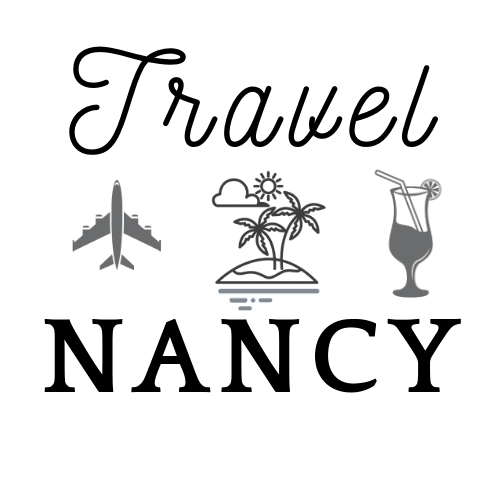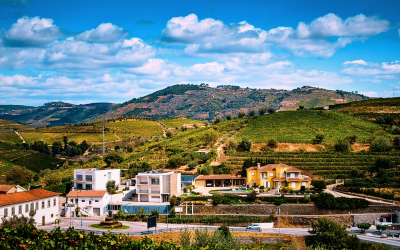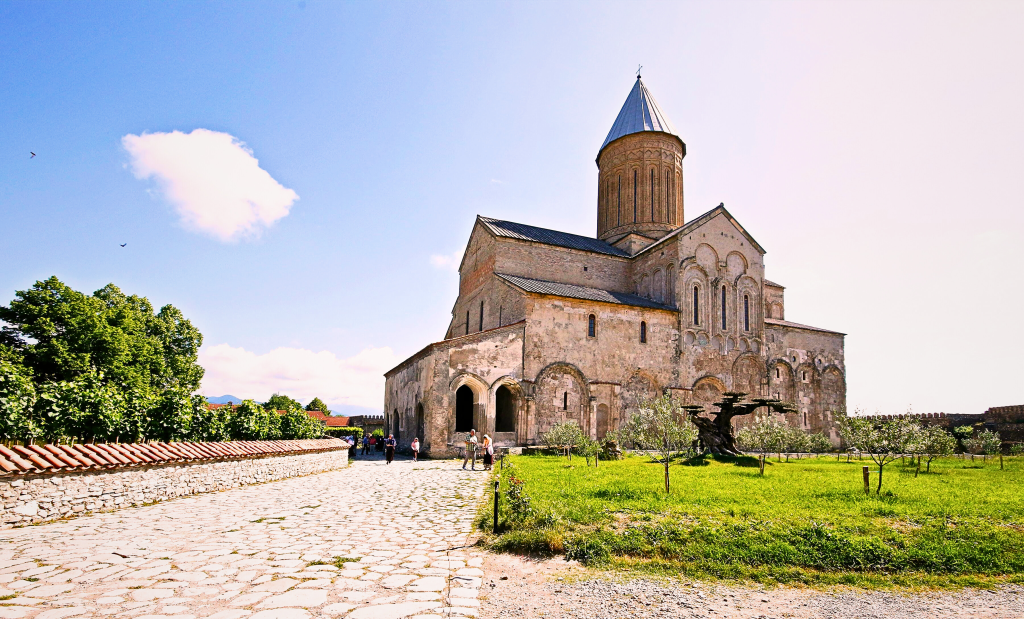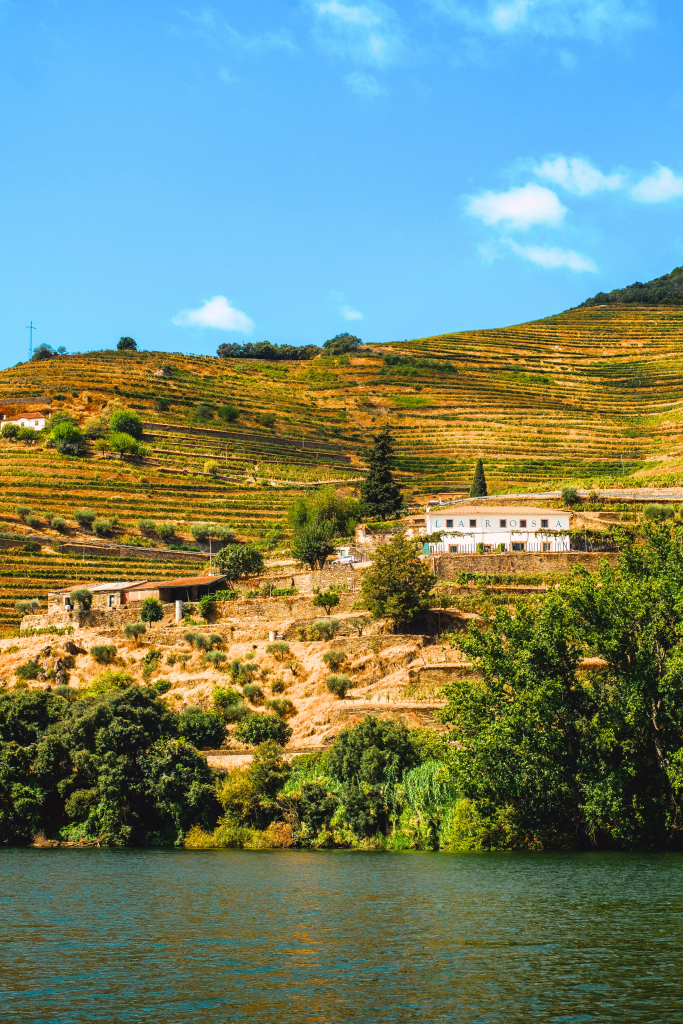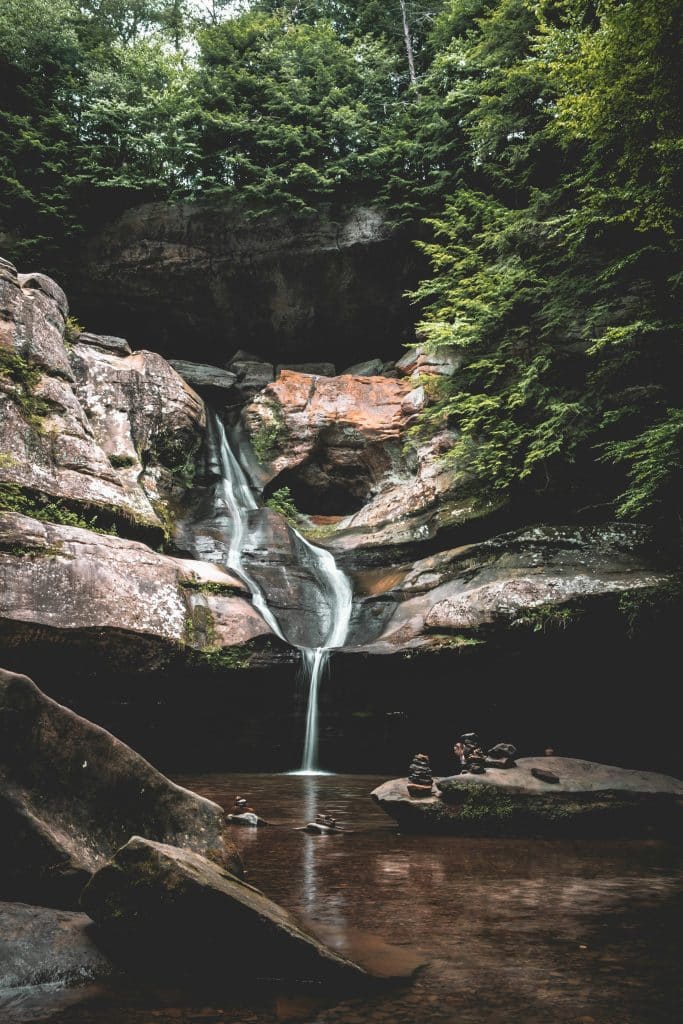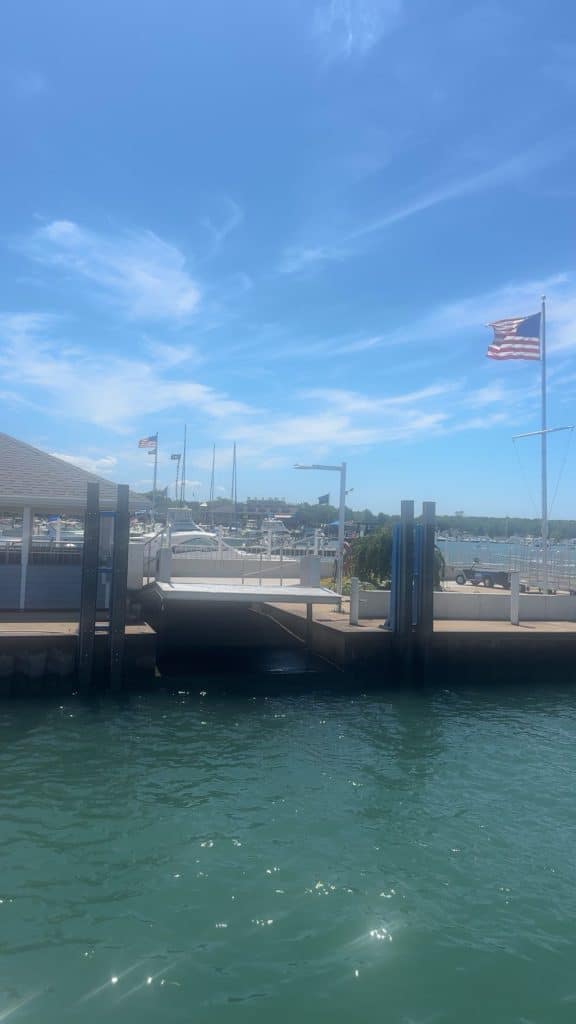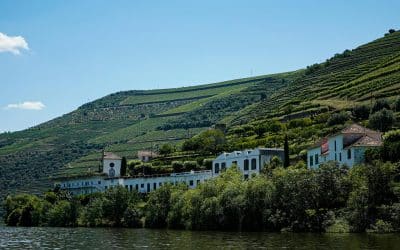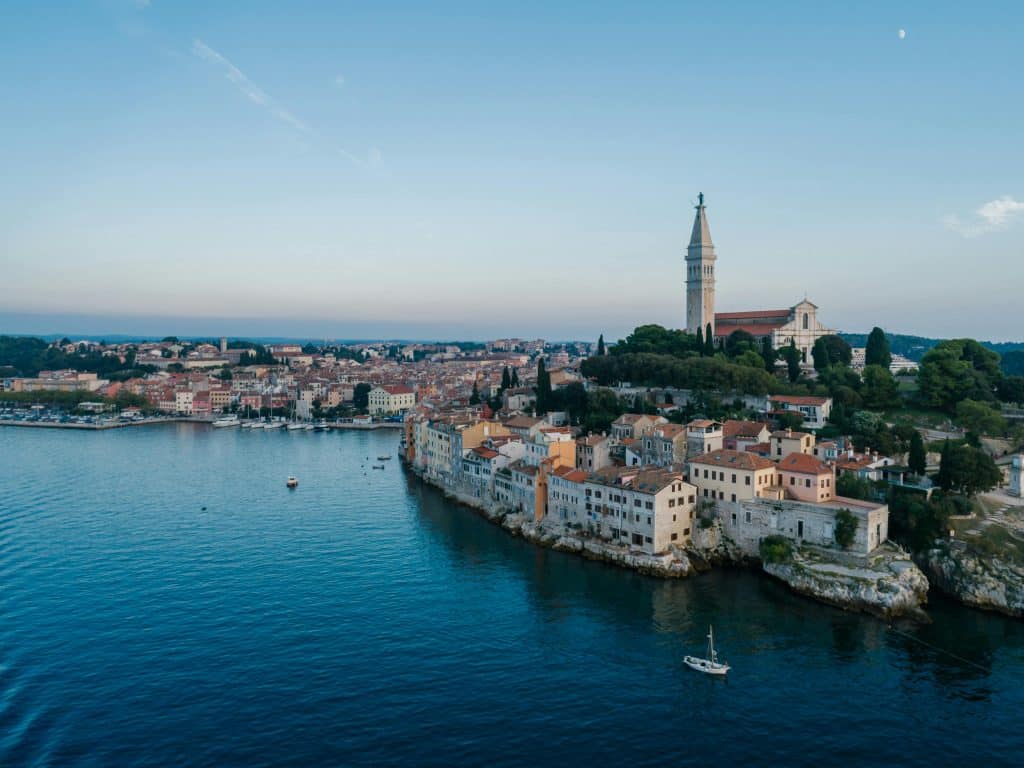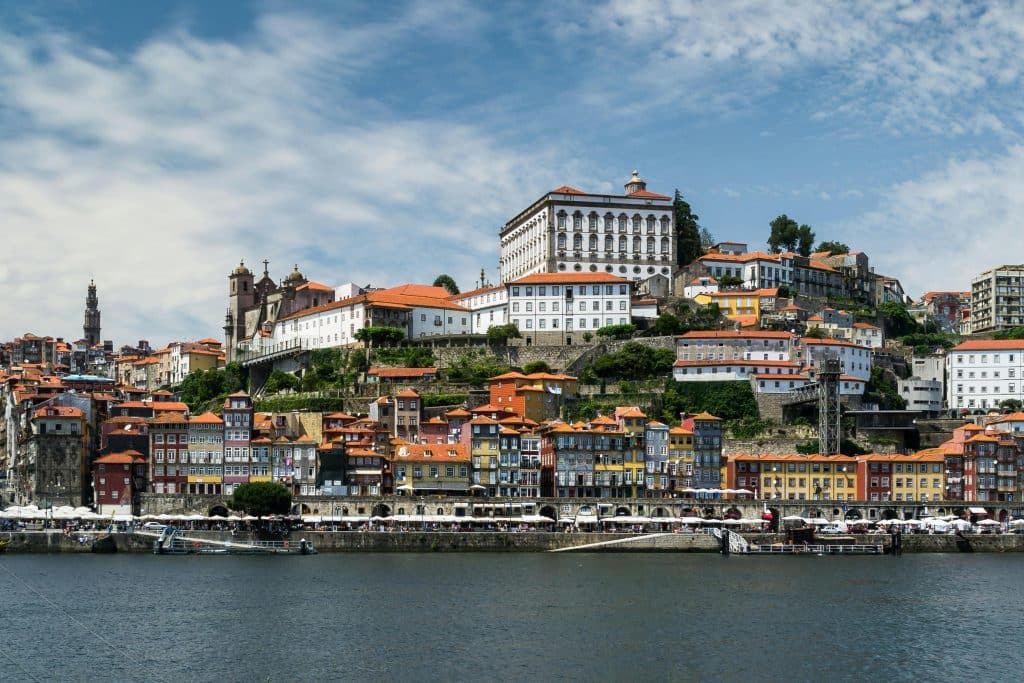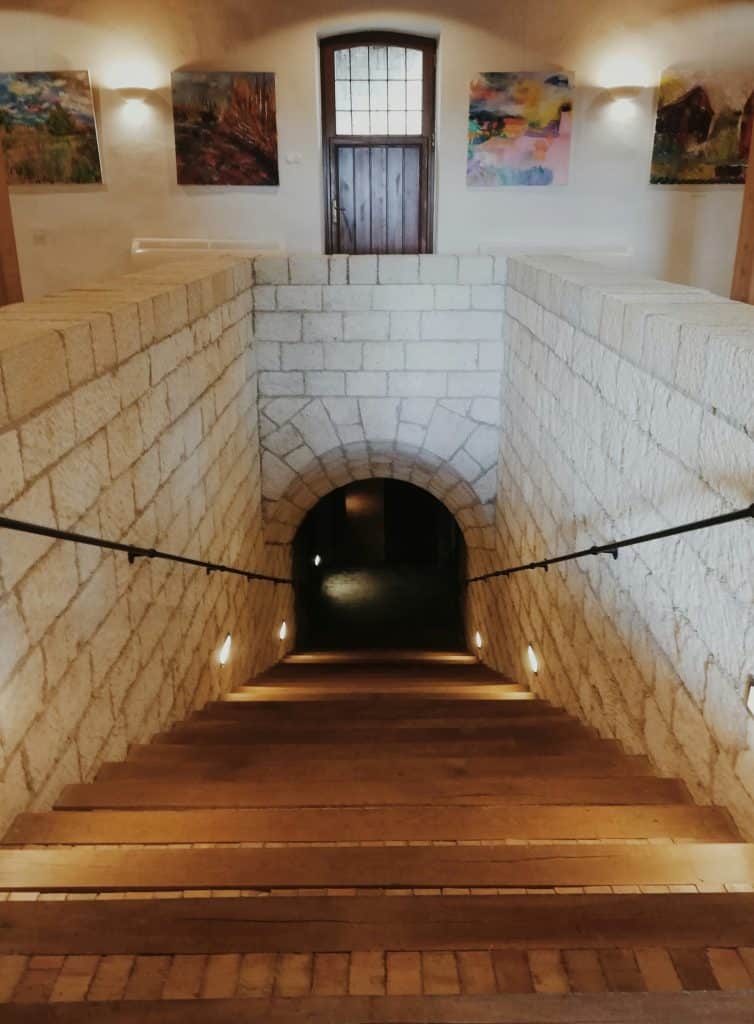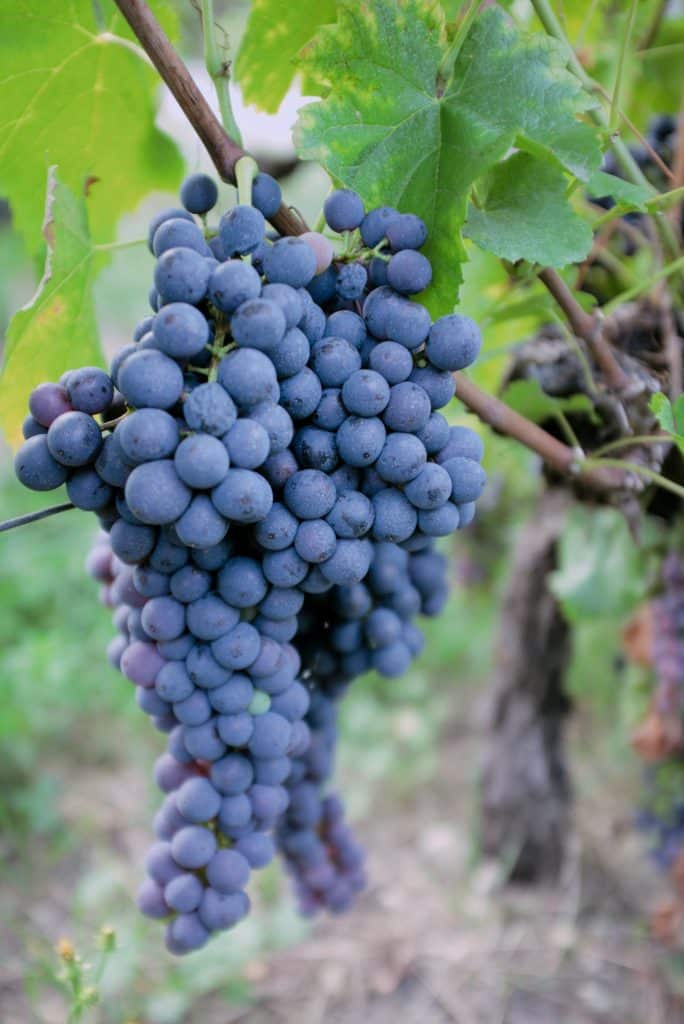There’s a special kind of traveler. The kind who plans their itinerary around a local market, a hidden vineyard, or the best place to get a late-night bite. You’re not just going to a place; you’re going to taste it. But a great culinary adventure can turn sour quickly with a packing mistake. A shattered bottle, a leaky container, or a forgotten tool can ruin a perfect memory.
I’ve been there. I once had a bottle of local olive oil leak all over my suitcase, turning my clothes into a salad dressing disaster. It was a lesson learned the hard way.
Whether you’re visiting Napa, a small village in Italy, or a bustling market in Mexico, packing smart is key to bringing a piece of your journey home. Here’s your definitive guide on what to bring and what to leave for the perfect wine and food-focused trip.
The Essentials: What to Pack in Your Bag
Your packing list should be as curated as your itinerary. Here are the must-have items that make all the difference.
- A Compact Corkscrew: This might seem obvious, but how many times have you been in a beautiful hotel with a fantastic local bottle, only to realize you have no way to open it? A simple, winged corkscrew is a wine travel essential.
- Packable Wine Glasses: Say goodbye to those clunky, plastic wine glasses. Brands now make elegant, shatter-proof glasses that pack flat. They give you the proper tasting experience anywhere.
- Reusable Wine Bottle Protectors: These are lifesavers. They’re inflatable bags or padded sleeves that cushion your wine bottles. They fit easily into your checked luggage and save you from the heartbreak of a shattered bottle.
- A Foldable Tote Bag: This is a non-negotiable item. Use it for your local market haul, your wine purchases, or as a secondary carry-on for your souvenirs.
- A Small Knife and Cutting Board: If you plan on having a picnic with local cheese and cured meats, this is a must. A small, multi-tool knife and a thin, bamboo cutting board take up no space at all.
Check out some products, such as the WineSkin Bag, packable wine glasses, and a corkscrew on Amazon.
The “Don’ts”: Common Mistakes to Avoid
A smart traveler knows what to leave behind. Avoiding these common mistakes will save you a world of trouble.
- Don’t Rely on Carry-On: You can’t bring a full bottle of wine on a plane. The TSA limits liquids. Check your bag. That said, some small, travel-sized spirits are sometimes allowed. Always double-check with your airline.
- Don’t Overlook a Cooler Bag: If you’re buying cheese, cured meats, or other perishables, a small, collapsible cooler bag is a great idea. It will keep your items at the right temperature for the journey home.
- Don’t Underestimate Air Pressure: Olive oil, vinegars, and other liquid food items can expand under air pressure. Transfer them to a smaller, sealed container to avoid messy leaks.
- Don’t forget the Customs Rules: Always check the customs regulations for your home country. Many countries have limits on how much alcohol or food you can bring back.
- Don’t Buy Too Much Wine: This sounds crazy, but be realistic. Most airlines charge for overweight luggage. An extra suitcase dedicated to wine is a better and safer option.
Check out some products, such as a Travel cooler bag, on Amazon
For the Wine Lover: How to Pack Your Bottles
This is the most common concern for travelers. Here’s how to bring your prized bottles home in one piece.
- Check the Airline Rules: Every airline has different rules regarding alcohol. Generally, it’s allowed in checked baggage, but there may be quantity limits.
- Use a Dedicated Wine Suitcase: If you plan on buying several bottles, investing in a hard-case wine suitcase is your best bet. It has foam inserts and is designed to protect your bottles.
- Pack Light: If you don’t have a wine suitcase, you can use your clothes as padding. Roll your bottles in sweaters and place them in the center of your bag, surrounded by other soft items. Make sure they can’t shift around.
Check out some products. Such as a hard-case wine suitcase on Amazon
For the Foodie: How to Transport Edible Souvenirs
Bringing back local flavors is half the fun. Here’s how to do it without a mess.
- Cheese: The best way to transport cheese is to buy it vacuum-sealed. If the cheese isn’t sealed, you can ask the vendor to seal it for you. Place it in a zip-lock bag and then into a cooler bag.
- Spices and Herbs: These are the easiest to transport. Put them in small, sealed containers and place them in your checked bag.
- Olive Oil and Sauces: The best way to travel with these is to buy smaller, metal containers. They are much less likely to break than glass bottles. If you must use glass, put it in a separate sealed bag.
Happy Travels, And Bon Appétit!
Traveling with wine and food is a rewarding experience. It’s a way to keep the memory of your trip alive long after you’ve returned home. By packing smart and knowing what to expect, you can ensure your culinary treasures make it home safely.
What are your favorite packing tips for wine lovers? Share your secrets in the comments below!
Sign up for our newsletter to get more exclusive tips on how to travel better and eat well!
Check out our Wine & Food Lover’s Travel Checklist.
